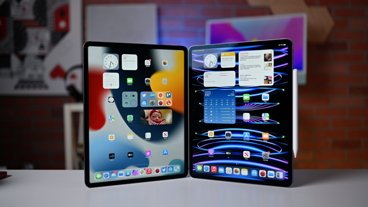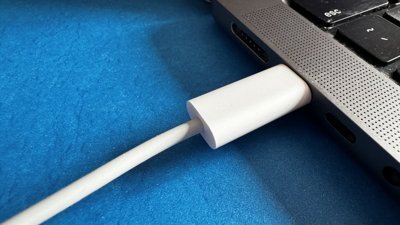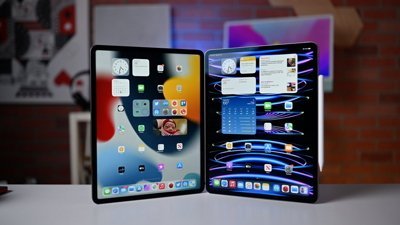Virginia Tech's Mac Pro supercomputer to crack 29 teraflops
A switch to newer Intel-based Apple Mac Pro workstations for an upcoming rekindling of Virginia Tech's supercomputer efforts will more than double the performance to as much as 29 teraflops and will once again put a Mac cluster in the limelight — this time, placing it among the top 100 supercomputers in the world.
Although the school is using just a third of the computers found in the earlier cluster, which at its peak has used 1,150 Xserve G5s, the fresh cluster will have a total of 2,592 cores that individually operate faster than each of the 2,200 PowerPC chips found in the older rackmount computers. The old system at most processed 12.25 teraflops and itself eclipsed the original System X, based on 1,100 PowerMac G5s.
The performance of the new Xeon-based cluster at its theoretical peak of 29 teraflops would be enough to take 65th place in the Top500 supercomputer charts from June, outpacing famous supercomputer designers such as Cray and SGI as well as scientific institutions that include CERN in Switzerland and Lawrence Livermore National Laboratory in the US.
Real-world performance is likely to dip due to performance overhead, but record-setting isn't its only reason for being, according to Dr. Srinidhi Varadarajan, director of Virginia Tech's Center for High-end Computing Systems. Instead, the Mac Pro edition will sit aside System X and will be dedicated to researching power-efficient software as well as shared-memory computing.
Even if it doesn't smash performance barriers, the new, unnamed cluster will still serve as an example of how technology has advanced both for Apple and the industry at large. While the sheer amount of power and heat from the Xserve group requires a specialized liquid-air cooling in an equally special building, the lesser power demands of the Xeons and their looser spacing in a tower format means that the institution can house the new cluster in a conventional room.
And it may also serve to humble Apple's rivals in the workstation space, according to Dr. Varadarajan. Since the Mac Pro includes so many sensors to monitor heat and power levels, it's considered better than many workstations for research where both measurements are critical to the tasks at hand. The Macs are likewise said to be fundamentally less expensive for the same level of performance than similar systems from Apple's competitors.
"The Mac Pros are highly competitive even against building a white box off the cheapest prices," the researcher notes.
 Katie Marsal
Katie Marsal













 Andrew Orr
Andrew Orr

 Mike Wuerthele and Malcolm Owen
Mike Wuerthele and Malcolm Owen

 Andrew O'Hara
Andrew O'Hara
 Charles Martin
Charles Martin
 Malcolm Owen
Malcolm Owen
 William Gallagher
William Gallagher







24 Comments
Glad I'm not paying the electricity bill Way to go
I wonder if they are going to sell the XServe G5's like last time because if so I'm in line!
As I recall the first VT cluster at the time was 3rd on the list of "Top 500" and ran the Mac OS.
The article does not mention what OS is being used, OS 10.5, Win XP 64-bit, Linux or all three at once. Anyone know?
Has any "Top 500" computer ever run Windows???
The only Supercomputer I ever "operated" was back in '63. It had a super-fast punch-card feeder but the console's vacuum tubes took 5-7 minutes to warm-up.
IBM 704, TI99-4A, Mac 128k and 9 other mac's since.
Welcome in advance to the poster below who is "proving" that Macs cost more than equivalently-spec'd Windows PCs
The Top 500 operating systems list can be found at:
http://www.top500.org/stats/list/31/os
Yes, windows have 5 on the list.
The IBM 704 fell off the list almost 50 years ago.